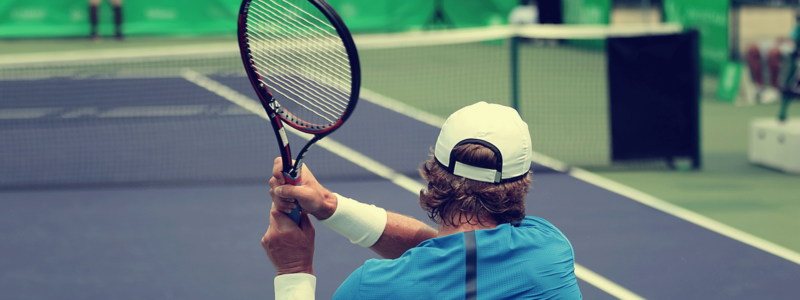Once you’ve mastered the basic techniques of tennis, you can start to attempt more advanced strokes and tactics. Cue the slice, volley and lob! While demanding more practise and skill, with enough time and effort, you’ll have them perfected in no time. These shots will give you the opportunity to bring more variety and surprise to your game, keeping your competitor on their toes.
Here is an easy and clear guide to the fundamentals of a few advanced tennis techniques:
Backhand slice

Grip
Continental serve grip. For more information on grips read our basic tennis technique post basic tennis technique post.
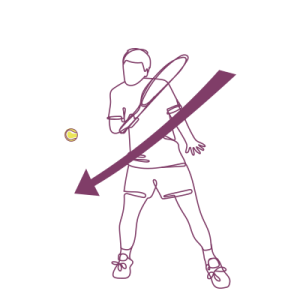
Backswing
Hit a slice shot when the ball is low or when it is very deep and high. Start in the ready position and move towards the ball; turn sideways as the ball bounces, rotating your hips and shoulders and take the racquet back with both hands so it is above the height of the incoming ball.
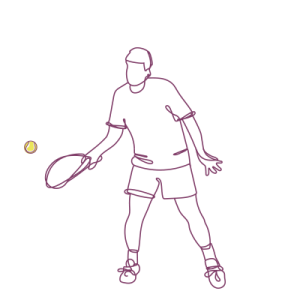
Hit the ball
As you begin the forwards swing, take your free hand away and swing the racquet from high to low, finishing with the racquet extended in front of you. Contact the ball to the side of you and allow your weight to transfer forwards as you hit the ball. Try to throw your non-racquet hand out behind you as you swing the racquet forwards. After contact, move back to ready position.
Backhand topspin
Grip
Single handed backhand or double handed backhand grip. For more information on grips read our basic tennis technique post basic tennis technique post.

Backswing
Begin to take your racquet back and turn your shoulders as you do so. Keep your weight on your back foot and make sure you’re slightly behind the ball.
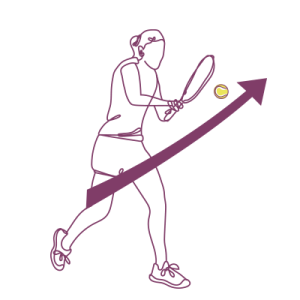
Hit the ball
As you move to hit the ball, the racquet needs to start as a forward swing from below the height of the ball, and then move very quickly and vigorously up and forwards. Contact with the ball should be at waist height and slightly out and in front of you. Either take the racquet straight back or in a high loop; either way, make sure the racquet is lower than the ball before your swing up quickly. As you hit the ball, swing forwards from your back foot to your front foot. Follow through forwards and upwards and bring your racquet across your body. Recover in the ready position.
Volleying
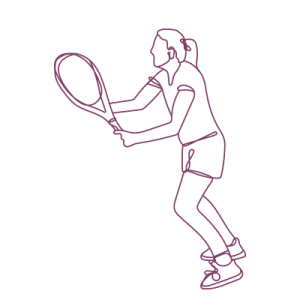
Grip
Use the continental grip. For more information on grips read our basic tennis technique post basic tennis technique post.
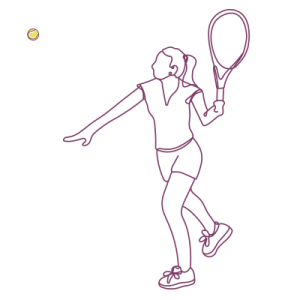
Position & movement
After moving forward to hit a shorter ball, it is a good idea to move to the net to hit a volley and win the point. The volley is a short, punchy action and you need to make sure you are balanced. Get into the ready position about two meters from the net; make your sure your feet are shoulder-width apart and your racquet is level with your waist.

Hit the ball
Turn your shoulders away from the ball, shift your weight forwards and extend your arm towards the ball. Keep your wrist firm as the ball makes contact and use your free arm to balance. Keep the racquet head above your wrist to maintain a strong position – the ball will be moving fast! The action is short and sharp with your racquet moving forwards and downwards – bear in mind that unlike other shots, you don’t need a drawback. If the ball has dropped below the height of the net, adjust slightly; drop your knees to keep your racquet head up. Your racquet head should follow the ball as your front foot comes forward to keep you balanced. Move backwards around two meters into the ready position.
The smash shot
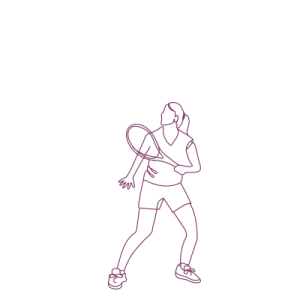
Grip
Continental serve grip. For more information on grips read our basic tennis technique post basic tennis technique post.

Position & movement
Played in response to a lob, you’ll usually start the point off close to the net in a ready position. As you realise the ball is going to go above your head start moving backwards; move your shoulder backwards while you make small side steps to get into position. Remember to keep your eye on the ball at all times.
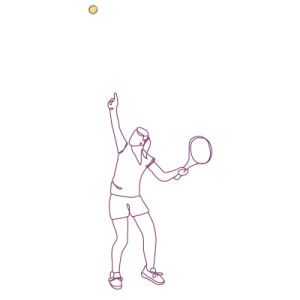
Draw back
Make sure the ball will drop just in front of you and as you take the racquet back, raise your other arm in front of you to keep you on balance and keep your feet shoulders width apart.
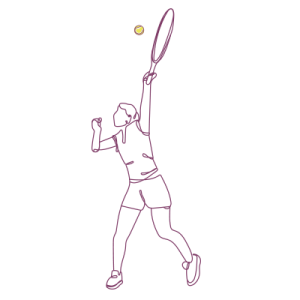
Hit the ball
As the ball begins to drop, hit through with a service action. Your elbow should be straight at the point of contact. Hit the ball deep or at an angle to make it difficult for your opponent. Follow through and then move back into ready position.
The lob shot

Grip
Continental serve grip. For more information on grips read our basic tennis technique post basic tennis technique post.
Position & movement
Start in a ready position with your knees bent and your weight on the balls of your feet. Watch the ball and your opponent, playing close attention to how close they are to the net – the closer they are, the more effective your lob will be. As the ball approaches, position yourself as you would for a normal shot.

Drawback
With the weight on your back foot and your feet shoulder width apart, draw your racquet back in anticipation of hitting the ball. The movement of the racquet will be more of a looped action so the racquet head needs to be in a high position at the point of the draw back. You should use your second hand to guide this movement. Your shoulders should be side on to the oncoming ball.
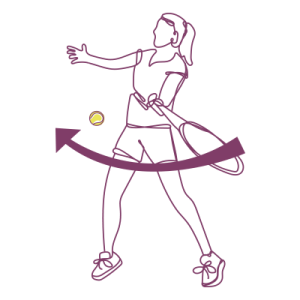
Hit the ball
Push your weight onto your front foot whilst stepping into the stroke. Let the racquet fall so that it hits the ball with a low to high motion. Aim to hit the ball slightly in front of you and at about waist height. The racquet should finish high as you follow through the ball. Use your free hand to help your shoulder turn, as you swing your racquet back open its face so it is turned towards the sky. Maintaining this open face, hit the ball in your follow through.
For more information about getting into tennis, contact your local David Lloyd club or visit our racquets page.


